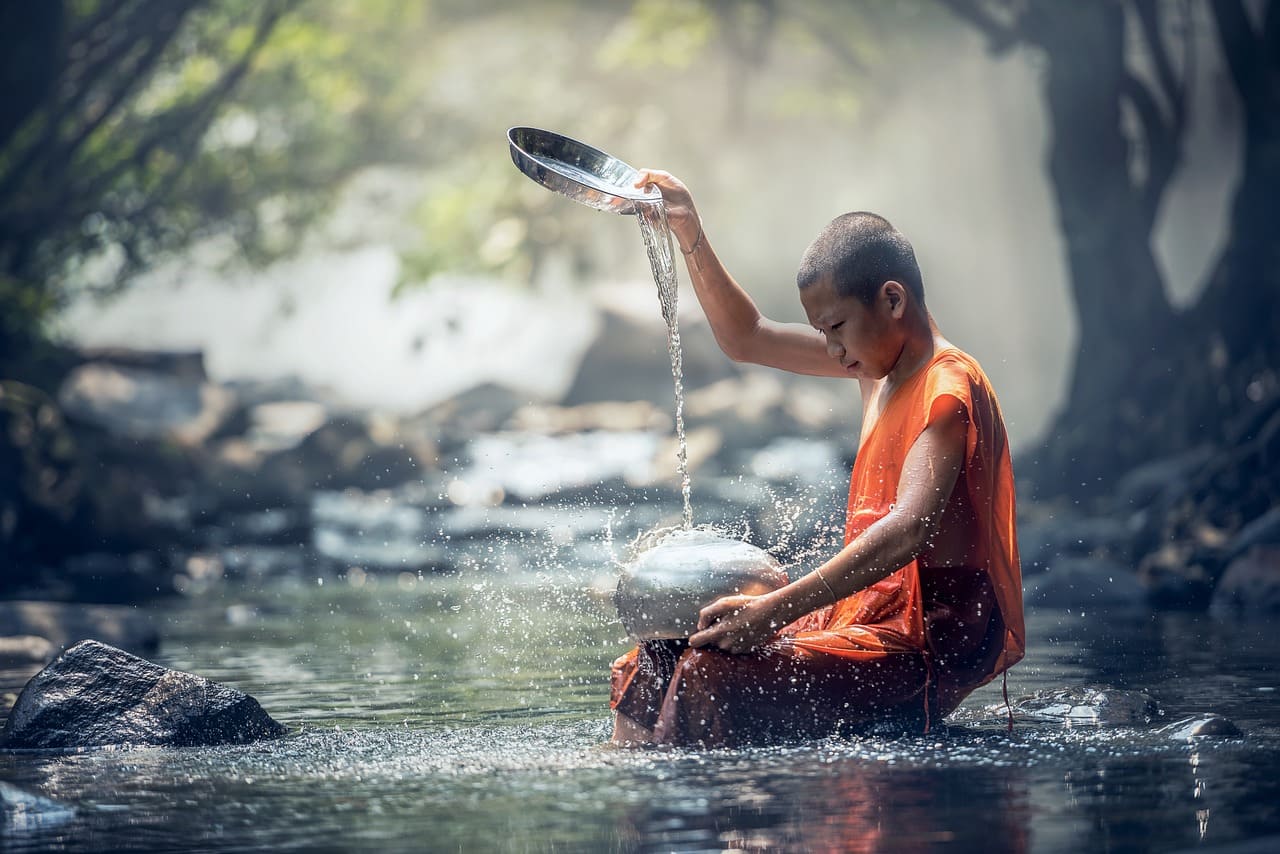Past and present Indian cultures differ from one another
Indian culture has a long and rich history that has developed over many centuries. The huge differences between historical and modern Indian culture reflect the significant transformations that the country has undergone. You can publish to our website’s write for us culture category if you wish to create a guest blog post about culture.
Let’s explore the main distinctions between the two:
1. Customs
Indian custom and ritual were a significant part of earlier Indian civilization. The society upheld rigid traditions and rules that had been passed down through the years. Cultural practices were significantly shaped by ancient literature like the Vedas, Upanishads, and epics like the Ramayana and Mahabharata.
Indian culture now: Although there are still many traditions practiced today, Indian culture has undergone tremendous modernity. Traditional rituals have occasionally been put on the back burner as a result of globalization and urbanization in favor of more modern lifestyles.
2. Family Organization
The joint family arrangement, in which several generations lived under one roof, was common in earlier Indian culture. Interdependence among family members and respect for elders were firmly embedded values.
Indian culture today: Recently, nuclear families have become more prevalent, particularly in urban areas. Younger people are now following their own distinct careers and objectives, which is resulting in more autonomous living situations.
3. Gender Roles in Traditional Indian Culture:
Men and women had separate roles in traditional indian culture, which had specified gender roles. Women were viewed largely as caregivers and homemakers.
Indian culture today: Indian society is now beginning to recognize gender equality. Women are actively engaged in a variety of occupations, including those in politics, education, and the workforce.
4.Indian culture of the past:
Arranged marriages were the norm in the past, and families were very involved in selecting life partners. Instead of merely individuals, families were considered as joining in marriages.
The majority of weddings in India nowadays are arranged, but love marriages are increasingly common, especially among the younger population. Nowadays, people have more freedom in selecting their life partners.
5. Education and Learning:
Ancient Indian Culture: In the gurukuls, where students lived with their gurus and absorbed knowledge through oral teachings, traditional education in ancient India was centered on gurukuls.
Current Indian Culture: Indian education nowadays is formal, follows a set curriculum, and incorporates both traditional knowledge and modern disciplines.
6. Expressions of Culture
Indian culture in the past was dominated by traditional art forms like Bharatanatyam, Kathak, and Hindustani classical music.
Current Indian Culture: Modern forms of artistic expression, such as contemporary dance, Bollywood music, and street art, have become more well-liked but traditional art forms continue to be valued.
7. Communication and Technology
Indian culture in the past: Face-to-face encounters, letters, and telegrams were the main forms of communication in the past.
Current Indian Culture: With broad internet access and substantial use of cellphones and social media for communication, India is currently at the forefront of technical breakthroughs.
8. Clothes and Fashion in Earlier Indian Culture:
Sarees, dhotis, and kurta-pajamas were Typical Clothing in Earlier Indian Culture.
Current Indian Culture: Western dress patterns and fashion trends have grown popular for everyday wear, yet traditional apparel is still worn for special occasions and festivals.




